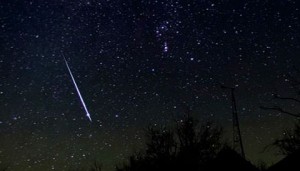Has anyone ever calculated the combined tonnage of meteroids and space debris falling into our atmosphere yearly?

Yes, but it's hard because different methods are needed for different particle sizes. Ground radar and exposed spacecraft surfaces are best for detecting the very smallest bits, whereas photographic surveys have been used for particles large enough to create meteors visible to the eye.
Consequently, there's debate over how much arrives as a continuous rain of ground-up dust versus occasional large impactors. All things considered, says meteor specialist Peter Brown (University of Western Ontario), roughly 40,000 metric tons of interplanetary matter strike Earth's atmosphere every year. But few events actually yield meteorites: only five or six space stones weighing at least 1kg will hit an area the size of Texas each year.
— J. Kelly Beatty
 0
0








Comments
You must be logged in to post a comment.